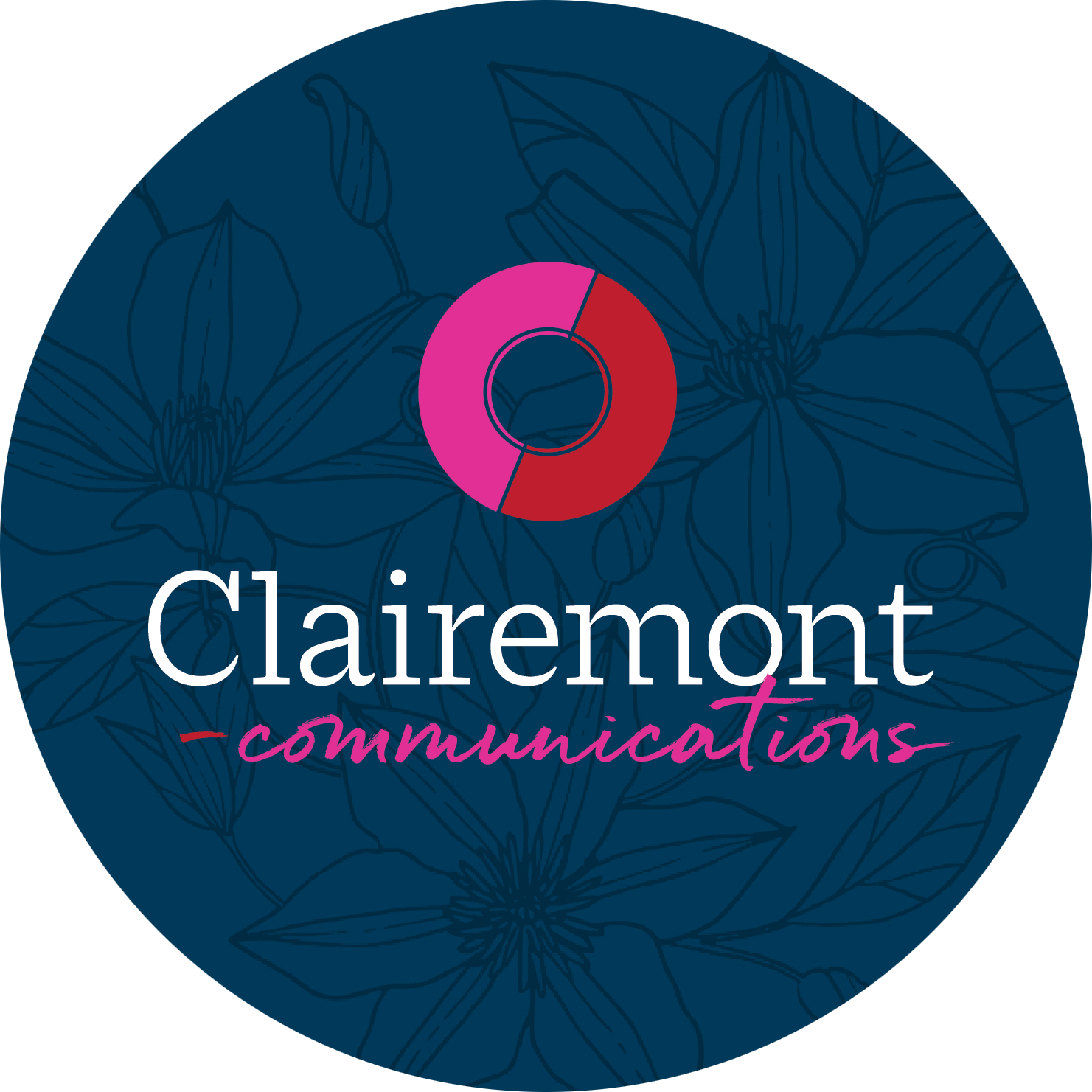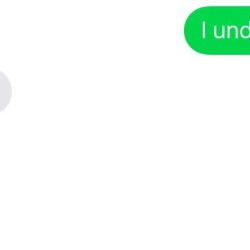A few days ago, Facebook released a new way to share your emotions on posts. You can now select from five emojis ranging from love to sad. CEO Mark Zuckerberg claims that the Facebook community has been asking for a dislike button for years, but he wanted to showcase a variety of emotions. To see the new reactions options, hold down the like button and then tap either like, love, haha, wow, sad or angry.
How do you feel about Facebook’s newest change? Were you really hoping for a dislike button, or do the new additions have you seeing the heart-eyed emoji?
What does this all mean for emoticons? Well, nothing. That’s because emojis and emoticons are two different things and using the two terms interchangeably in conversation isn’t correct. So what’s the difference?
Emoticons
According to The Guardian, an emoticon is a facial representation used to convey emotion in a text only medium. The last time I remember using an emoticon would have to have been in high school (okay, maybe my freshman year in college before I morphed into an iPhone-carrying, FaceTime-obsessed diva). No one is just smiling 🙂 anymore.
Emojis
Instead of showcasing only facial expressions, emojis are actual pictures, ranging from people and families to cars, trucks and specific flags of different countries. Emojis are the colorful, playful characters that make our text conversations a tad bit juicier. Seriously, why settle for a few combinations when you can scroll through what seems like thousands of choices to describe your mood, location and even the food that you’re nibbling that day?
As PR professionals, we have to make sure that we are always sensitive to dialects, trends and different generations’ perspectives on communication. Since emojis and emoticons are a language of their own, they may be able to break down language barriers and even assist in awkward conversations. As social media continues to grow, pictorial representations of feelings play a huge role in our communication. However, we should be mindful of the usage of emojis in business settings. Sending the kissy face to clients may not be the best choice in the professional world.
What do you think about using emojis and emoticons in our industry? How often do you use them? Comment to us on Facebook!

